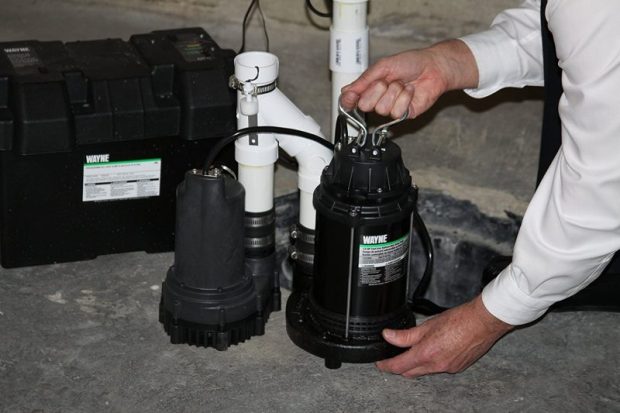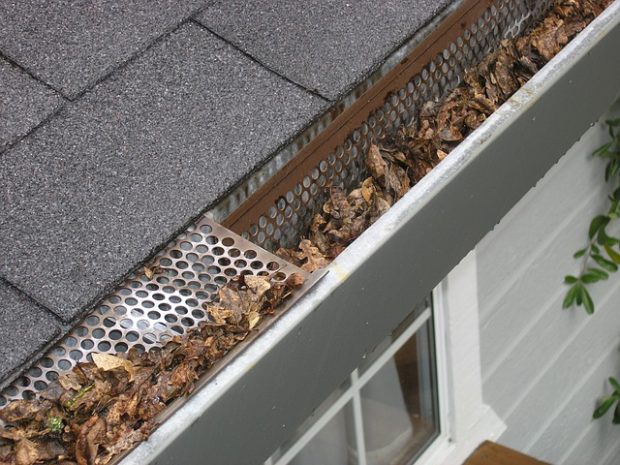The basement is very vulnerable to damages that are caused by water. This is because it’s positioned beneath the floor of the house, meaning that water can leak through its roof or walls and cause floods to build up. Even if you draw all the water out, the dampness that’s left behind creates a favorable environment for molds to flourish. And if the problem persists for a long time, the paint on the walls begins to peel off. The key to waterproofing the basement lies in knowing where the moisture emanates from. Here is a list of tips that can guide you on what you can do to ensure that ground water doesn’t end up in the basement.
Invest in a Sump Pump
Removing water manually from the basement can really break your back. The easiest way of remedying floods is by installing a sump pump in the basement interior. When the pump is put into place, it sucks all the water to the last drop and directs it away from the house. Once the water has been removed, you can then bring in a dehumidifier to help in drying the interior walls. If you have a sprinkler for watering the lawn, it’s advisable you move it further from the house. This is because the water sprayed by the sprinkler can stagnate and eventually leak into the basement. In fact, you should move the sprinkler before turning a crawl space into a basement.
Grading
When your house is built on a flat surface, the basement is more likely to be dump or even flood. This is because the soil around the house becomes waterlogged during rainy seasons. Grading cause causes the ground next to the house to have a slope that prevents running water from getting absorbed by the soil. And since the soil gets washed away with time, it’s advisable you grade the ground regularly, especially before the onset of rains. If there are pavements close to the house, they should be reinstalled in a slanting layout to make sure they don’t encourage flooding. Small ridges should also be flattened because they interfere with the flow of groundwater.
Installing Gutters
If your house doesn’t have gutters, the rain water will definitely fall on the surface that’s close to the basement. Although the drops of water look small and harmless, they are able to create pools that are eventually absorbed by the soil. When gutters are installed, they help in collecting rain water and redirecting it far from the basement. However, the gutters should be cleaned regularly as it helps in eliminating accumulated debris that usually cause water to spill on the sideways.
Installing Downspouts
Downspouts are used for channeling water that is flowing from the gutters in homes that don’t have storage tanks. The spouts prevent rain water from dripping on the ground that is close to the edges of the gutters. Although most downspouts don’t come into contact with the ground, it’s advisable you extend yours to reach the ground and go at least one meter away from the walls of the of the foundation. This will reduce instances of the soil next to the basement being waterlogged because the water will not flow backwards.
Applying Sealant
Cracks in the interior walls and roof can cause water to penetrate into the basement. It’s therefore advisable you buy a sealant and use it to cover such cracks. However, if there are multiple cracks trying to seal them can be cumbersome. If that’s the case, it’s recommended you apply a water resistant sealant on entire the four walls and roof because it’s much easier than sealing individual cracks.
The post 5 Tips to Waterproof Your Basement appeared first on YourAmazingPlaces.com.







No comments:
Post a Comment